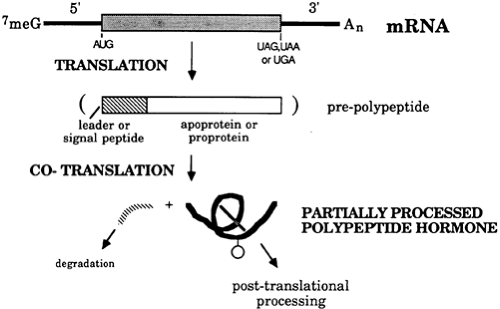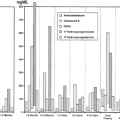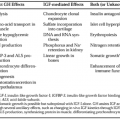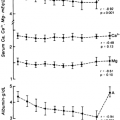TRANSLATION
The structure of mRNA is shown in Figure 3-10. The exons encode two major regions of the mRNA: translated and untranslated. The translated or coding region contains the open reading frame, beginning from the initiation methionine codon to the termination codon. The untranslated regions flank the coding region and are known as 5′ or 3′ untranslated regions. The functions of the untranslated regions are not well established, but data indicate that the 5′ untranslated region may be important in determining the efficiency of translation of the mRNA.29,30 The 3′ untranslated region may contain important RNA elements, especially several AU-rich sequences that determine the stability of mRNA in the cytoplasm.31 Each of these regions may mediate its effects by binding to specific RNA-binding proteins.32,33
The mRNA in the cytoplasm rapidly interacts with the ribosome (see Fig. 3-10). The ribosome is a complex ribonuclear particle that contains 28S, 18S, and 5S RNAs, along with a group of ribosomal proteins. Among these proteins are factors responsible for the initiation, elongation, and termination of mRNA translation. For the typical mRNA, 3 to 15 ribosomes may be attached at any given time. As the ribosome reads the mRNA in the process of translation, amino acids are brought to the translation complex by way of adapter tRNA molecules. These molecules are differentiated by the presence of anticodon structures (i.e., RNA sequences complementary to a particular codon) at one end and attachment sites for specific amino-acid residues at the other end of the L-shaped molecule. The reading of successive codons causes the alignment of the appropriate amino acids and polymerization to yield the polypeptide chain.
Stay updated, free articles. Join our Telegram channel

Full access? Get Clinical Tree








